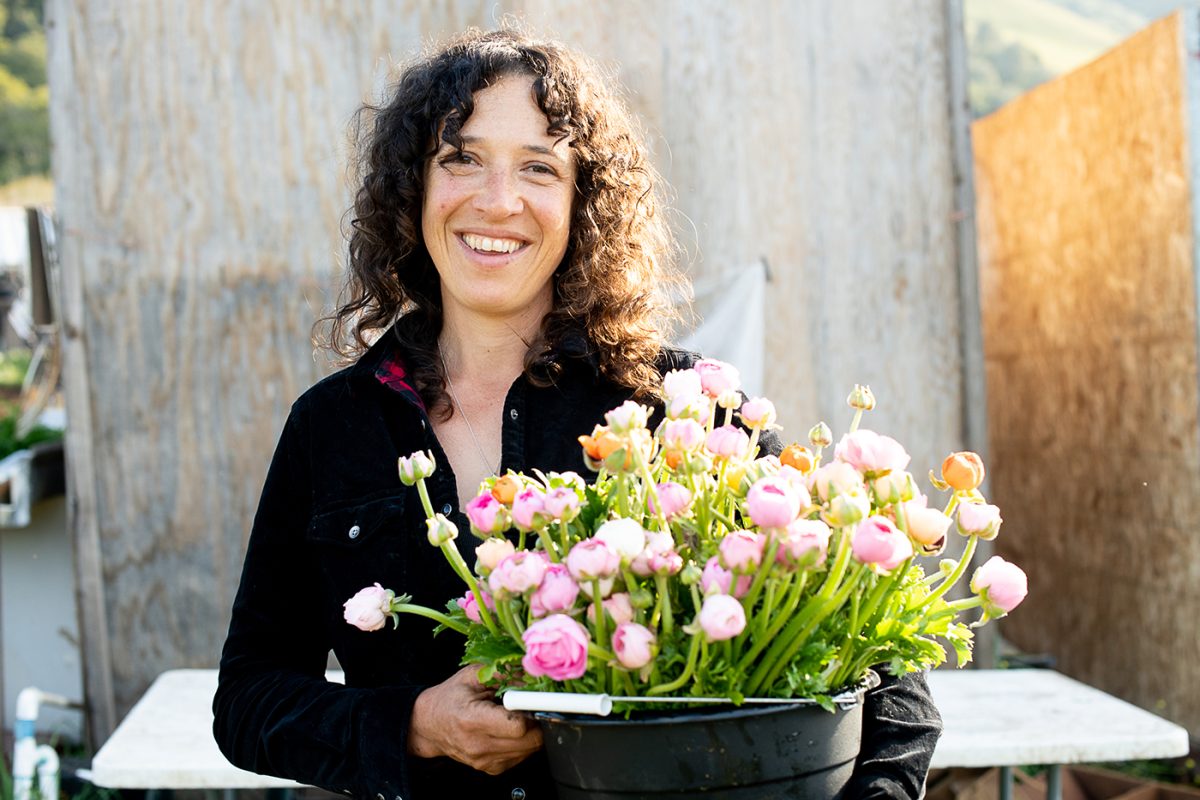Molly Myerson grew up in a sixth-floor apartment in Washington Heights, a northern neighborhood of New York City, surrounded by concrete. It was not . . .
Molly Myerson’s Little Wing Farm


Molly Myerson grew up in a sixth-floor apartment in Washington Heights, a northern neighborhood of New York City, surrounded by concrete. It was not . . .